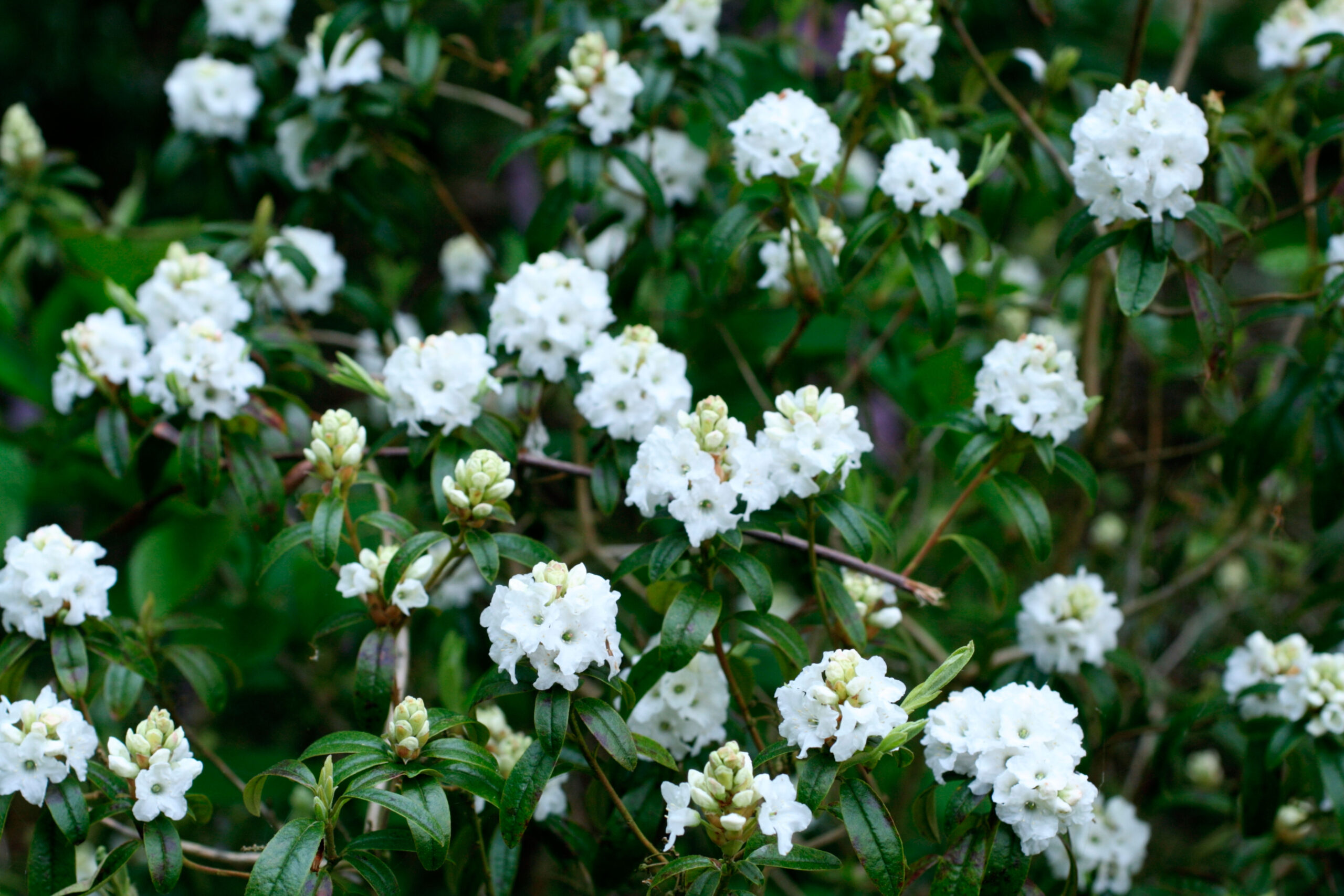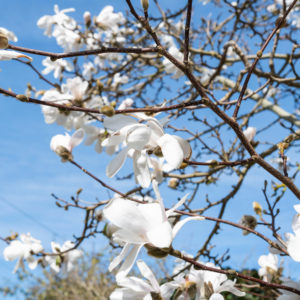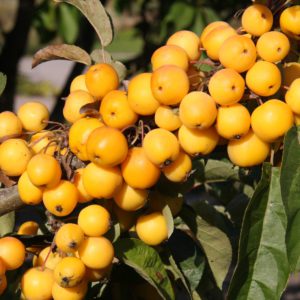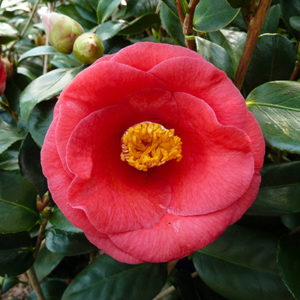Rhododendron ‘Arctic Tern’
€22.00
Frequently Bought Together

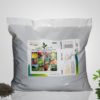
Description
Quick Facts:
Common Name: Rhododendron ‘Arctic Tern’
Botanical Name: Rhododendron ‘Arctic Tern’
Position: Partial shade or dappled light; will tolerate some morning sun if soil is kept moist
Soil: Moist but well-drained, acidic (ericaceous) soil with plenty of organic matter; avoid chalky or very alkaline ground
Flowering Time: Late spring
Foliage: Evergreen
Hardiness: Fully hardy in the Irish climate once established
Eventual Height & Spread: Around 0.8–1.2m high and 0.8–1.2m wide over time
Growth Rate: Moderate; forms a compact, rounded shrub
Common Name: Rhododendron ‘Arctic Tern’
Botanical Name: Rhododendron ‘Arctic Tern’
Position: Partial shade or dappled light; will tolerate some morning sun if soil is kept moist
Soil: Moist but well-drained, acidic (ericaceous) soil with plenty of organic matter; avoid chalky or very alkaline ground
Flowering Time: Late spring
Foliage: Evergreen
Hardiness: Fully hardy in the Irish climate once established
Eventual Height & Spread: Around 0.8–1.2m high and 0.8–1.2m wide over time
Growth Rate: Moderate; forms a compact, rounded shrub
Why We Love It
We love ‘Arctic Tern’ for its cool, understated elegance. The white flowers seem to catch and reflect every bit of available light, making it a brilliant choice for north- and east-facing borders or woodland-style planting where you want brightness without bold colour. It’s wonderfully versatile – equally at home in a classic white garden, a contemporary green-and-white scheme or a softer, romantic border.
The evergreen foliage means it looks good all year, providing a neat, dark backdrop that sets off spring bulbs, ferns and shade-loving perennials beautifully.
Where to Use It
- At the front of semi-shaded borders for a low, bright focal point
- In white or pastel planting schemes for a calm, cohesive look
- Under light tree cover in woodland-style gardens
- In large ericaceous containers on a shaded terrace or by a front door
- In smaller gardens or courtyards where a full-sized rhododendron would be too large
Planting & Care
- Soil Preparation: Rhododendrons need acidic conditions. Work in generous amounts of ericaceous compost, leaf mould or pine needle mulch before planting. If your soil is neutral to alkaline, consider a raised bed or container with ericaceous compost.
- Planting Depth: Plant at the same depth as in the nursery pot – they dislike being planted too deeply.
- Watering: Keep the soil consistently moist, especially for the first couple of years and during dry spells. Use collected rainwater where possible in hard water areas.
- Feeding: Use an ericaceous fertiliser in early spring and again after flowering to support healthy growth and next year’s buds.
- Mulching: Mulch annually with leaf mould, bark or pine needles to help maintain soil acidity and conserve moisture.
- Pruning: Minimal pruning required. Deadhead spent flowers carefully after blooming and remove any dead or crossing branches in late winter if needed.
Good to Know
Rhododendron ‘Arctic Tern’ is a great choice if you’re looking for something refined and reliable that doesn’t overwhelm a space. Once settled into the right soil, it’s largely low-maintenance. If leaves begin to yellow or flowering is poor, it’s often a sign that the soil is too alkaline or that an ericaceous feed is due.
Caragh Garden Notebook – Jo’s Tips
- Pair ‘Arctic Tern’ with soft pink or pale lilac rhododendrons and azaleas for a layered, romantic look that still feels calm and light.
- Underplant with snowdrops, hellebores and early narcissus so there’s interest before the main rhododendron show.
- It’s lovely near paths, terraces or windows where you can enjoy the white flowers up close – they really glow in the evening light.
- In smaller gardens, one or two well-placed white rhododendrons can pull the whole scheme together and make shady spots feel brighter.

